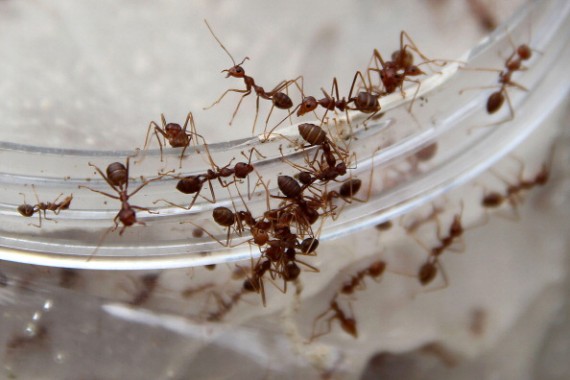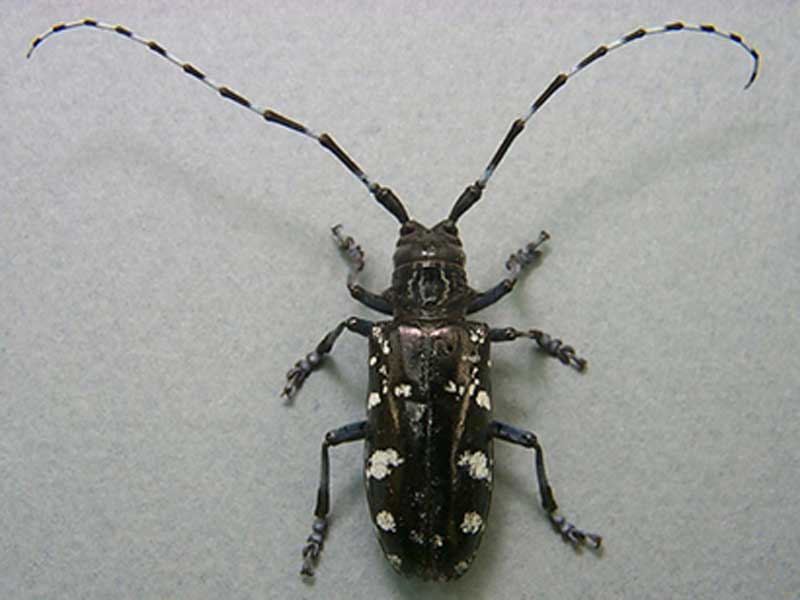News – Documents
-

Scientists Use Hydrogels To Control Invasive Argentine Ants
A study has developed a cheap and environmental-friendly home remedy that would help homeowners and farmers control the invasive Argentine ant populations that have been pestering them. The remedy is based from seaweed that could be a bait for ants. In the study published in Pest Management Science titled “Development of an alginate hydrogel to deliver aqueous bait for pest ant management,” the researchers found the hydrogel baits reduced Argentine ant populations from 40 to 68 percent after four weeks. This…
Chi tiết » -

Phosphine Resistance: Genetics and Strength of Resistance
After 70 years of inadequate fumigation practices involving poorly sealed structures, repeated fumigations and low gas concentrations, phosphine resistant insects are showing up more frequently all across the world. At the 12th International Fumigants & Pheromones Conference, Dr. Manoj Nayak and Dr. David Schlipalius, from the Queensland Department of Agriculture, Forestry and Fisheries in Australia, presented how genetics affect the strength of resistance and why phosphine resistant insects are so difficult to control. Resistance to phosphine is caused by small…
Chi tiết » -

Well-Fed, Older Asian Longhorned Beetles Fly Farther, May Require New Quarantine Zones
The Asian longhorned beetle (Anoplophora glabripennis) has been an invasive pest in North America since 1996, when it arrived from China and Korea, probably through infested wood-packing material. Today, it’s been detected in the northeast United States, Canada, and Europe and at nearly every port in the U.S. Since its arrival, the beetle has caused significant economic and ecological impacts. Efforts to eradicate the beetle involve removing and destroying wood “host material” on which it feeds and applying preventive insecticides…
Chi tiết »
